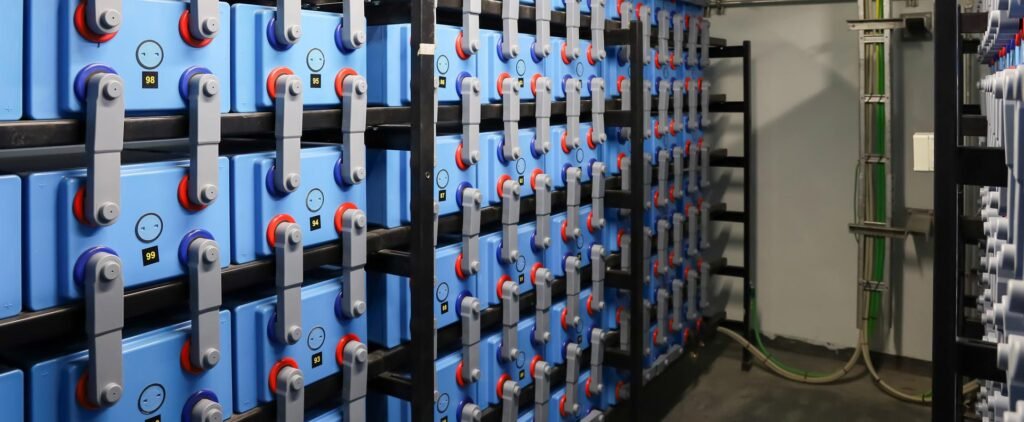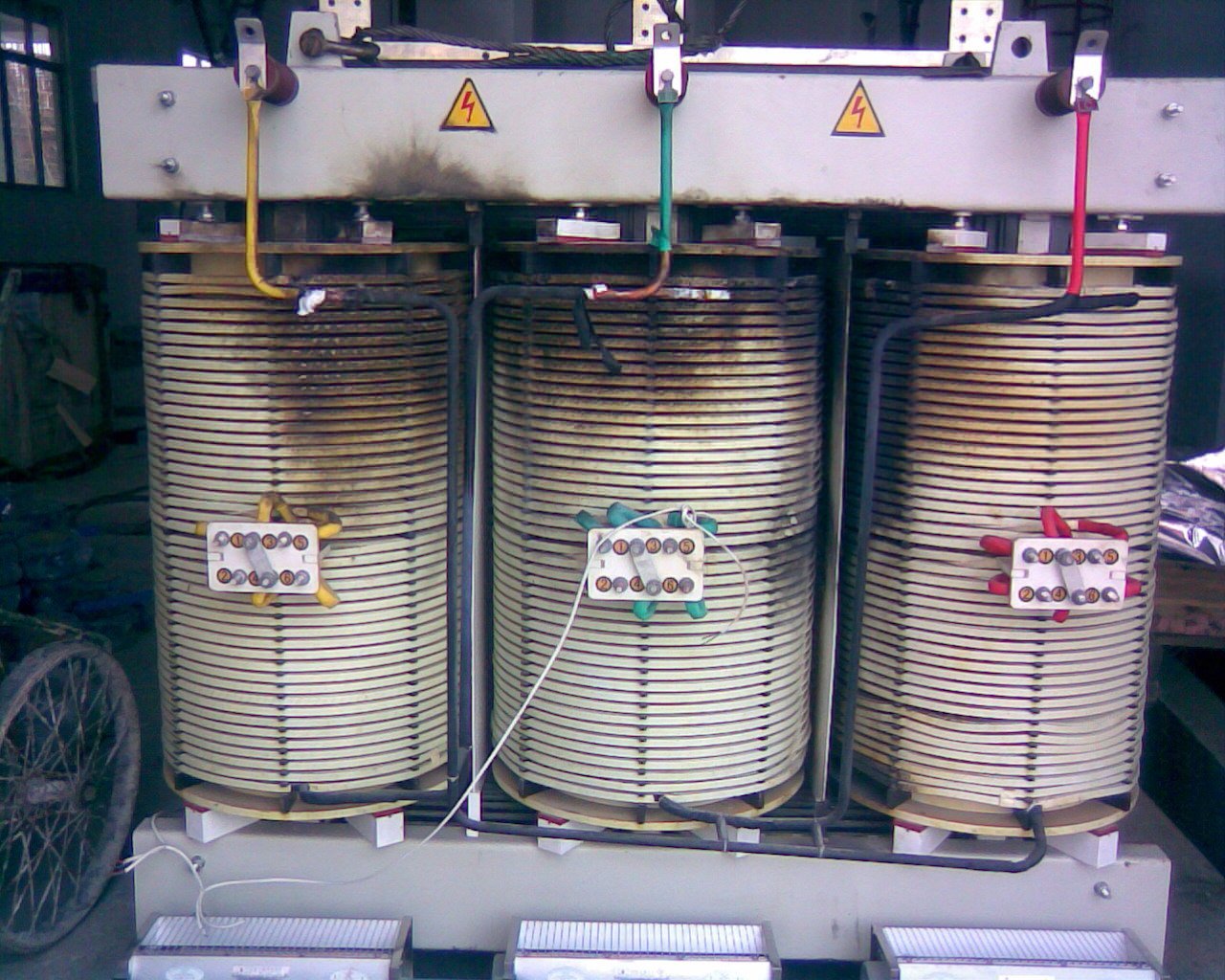Battery discharge testing is a crucial part of battery maintenance and testing. It involves discharging a battery under controlled conditions to assess its performance and capacity. While conducting a battery discharge test may seem straightforward, there are common mistakes that can lead to inaccurate results and potential safety hazards. In this article, we will discuss some best practices for conducting a battery discharge test and common mistakes to avoid.
What is a battery discharge rate ?
The discharge rate of a battery refers to the rate at which the battery’s stored energy is released or discharged. It is usually measured in terms of amps or milliamps per hour (Ah or mAh), and it represents the current drawn from the battery over a certain period of time. For example, a discharge rate of 1Ah means that the battery can provide a current of 1 ampere for one hour before being fully discharged. The discharge rate can vary depending on the type and capacity of the battery, as well as the load conditions and environmental factors.

In electricity, the discharge rate is usually expressed in the following 2 ways.
(1) Time rate: It is the discharge rate expressed in terms of discharge time, i.e. the time experienced by a certain current discharge to the specified termination voltage. Such as C/5, C/10, C/20
(2) C rate: the ratio of the battery discharge current relative to the rated capacity, that is, times the rate. Such as 0.1C, 0.2C, 0.5C
The below table shows the different battery C Rates along with the discharge time .
| C Rate | Time |
| 20C | 3 mins |
| 10C | 6 mins |
| 5C | 12 mins |
| 2C | 30 mins |
| 1C or C1 | 1 hour |
| 0.5C or C/2 | 2 hours |
| 0.2C or C/5 | 5 hours |
| 0.1C or C/10 | 10 hours |
| 0.05C or C/20 | 20 hours |
How to calculate the C rate and discharge current ?
It is important to know the C rated and the discharge current according to the battery capacity. That is greatly help you to choose the suitable battery discharge load .
The formulat is simple
T= Time Cr= C Rate T=1/Cr (to view in hours) T=60 minutes/Cr ( to view in minutes)
Exmaple : 1C is equal to 60 minutes , 0.5C to 2hours and 2C is equal to 30 minutes.
I= Discharge current ( Amps) C= Battery Capacity ( Ah) Cr= C Rate
I= C(Ah)*Cr(h)
Exmaple 1) 3000Ah Battery 0.1C Discharge current =3000*0.1=100Am
2) 200Ah Battery C/2 Discharge current=200*C/2=100Am
How do you perform a battery discharge test?

- Prepare the battery : Before performing a battery discharge test, the battery banks has been disconnected with the charger. Please ensure the load systems connected to the batteries is completely backed up . The battery is fully charged and that all connections are secure.
- Determine the discharge rate : The discharge rate is the amount of current that will be drawn from the battery during the test. It should be chosen based on the application of the battery, as well as the manufacturer’s specifications.
- Choose the discharge test equipment : The load should be constant and represent the actual load that the battery will experience in the application. The test equipment should not exceed the maximum current rating of the discharge battery.
- Set the cutoff voltage: The cutoff voltage is the min voltage at which the battery is considered to be fully discharged. The cutoff voltage should be set based on the application and the manufacturer’s specifications.
- Connect the battery to the load: Connect the battery to the load and start the discharge testing .
- Measure the voltage and current: Measure the voltage and current of the battery during the discharge. This data should be recorded at regular intervals.
- Stop the discharge: Stop the discharge when the battery reaches the cutoff voltage.
- Analyze the data: Once the test is done , please analyze the discharge curve which shows the relationship between the battery voltage and time. The state of health and any potential faults can be analyzed .
What should be done before performing the battery testing ?
- Before performing a battery discharge test, it is important to ensure that the battery is in good condition and that all connections are secure. Check the battery for any physical damage or signs of leakage.
- The battery banks has been disconnected with the charger. Please ensure the load systems connected to the batteries is completely backed up .
- The battery is fully charged and that all connections are secure.
What precautions should be taken during discharging batteries ?
There are several precautions that should be taken during battery discharging according to the type of battery and its intended use. Here are some guides to help you .
Be sure to read the manufacturer’s specification: Always follow the manufacturer’s instructions.Depending on the battery type and the type of discharge required, there may be variations in specifications and requirements.
Avoid overdischarging: Overdischarging can damage battery irreversibly and shorten its lifespan. It’s important to stop using the battery before it’s completely drained.
Don’t short circuit the battery: Short-circuiting the battery can cause it to overheat and possibly explode.
Store the batteries correctly: It is important to store different types of batteries according to their specific storage requirements. In general, batteries should be stored in a cool and dry place, away from direct sunlight and heat sources.
Dispose of the battery properly: When disposing of batteries that have reached the end of their life, it is important to do so properly.. Many batteries contain toxic chemicals that can be detrimental to the environment if not disposed of correctly. Check with your local waste management facility to find out how to dispose of batteries in your area.
Common mistakes to avoid when conducting a battery discharge test?
Here some common mistakes to avoid when conducting a battery discharge test include:
Discharging the battery too quickly or too slowly: Discharging the battery too quickly can lead to inaccurate results, while discharging it too slowly can lead to extended testing times and potential safety hazards.
Failing to monitor the test:Neglecting to observe the test by not monitoring the battery’s voltage and current levels can result in inaccurate readings and create potential safety hazards.
Using the wrong load conditions or discharge rate: Employing incorrect load conditions or discharge rates can result in unreliable data and pose potential safety risks.
Failing to properly prepare the battery: Not adequately preparing the battery by neglecting to fully charge it or ensure all connections are secure can result in incorrect findings and create potential safety hazards.
Failing to follow manufacturer’s instructions: Neglecting to adhere to the manufacturer’s instructions for the particular battery under test can result in unreliable data and pose potential safety risks.manufacturer’s instructions for the particular battery under test.






